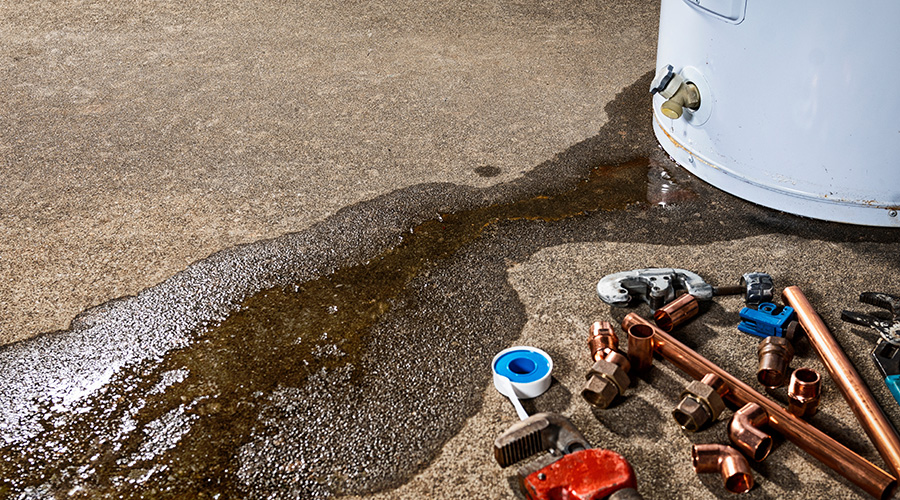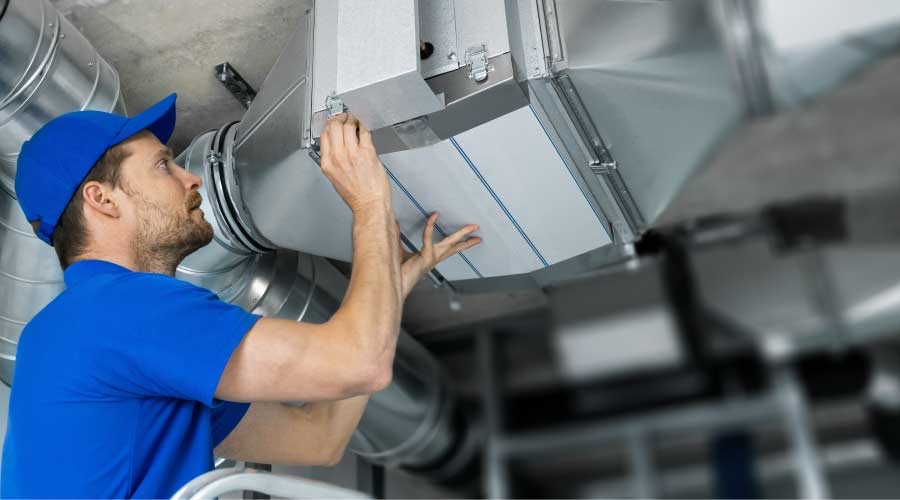Energy Audit Can Determine Pump-System Performance
The pumps in an institutional or commercial facility can account for up to 10 percent of the building’s overall energy use. Given that figure, proper pump and system maintenance is crucial to ensure effective and efficient operation, both to curtail energy use and improve indoor environmental quality.
Gathering Data
Pump effectiveness refers to proper system operation, and control and efficiency refers to enhancing this operation. An ASHRAE Level I energy audit can help maintenance and engineering managers determine the percentage of a building’s total energy use among all components — pumps, lights, chillers, boilers, water heaters, and miscellaneous loads.
This energy audit determines if a system is using more than its typical share of energy resources.
Typical pump-energy percentages also depend on system configurations and building types. Answering several key questions will give managers a better understanding of the general scope of a pumping system:
• What types of pumps are used? Data should include pump size, impeller size and other key characteristics. Does the manufacturer provide a pump curve, which shows the unit’s operating range and efficiency?
• What fluid is the pump handling?
• What control method does the system employ? Options include: always on; pressure sensor with feedback; and time clock.
• What is the pump run-time? Technicians might need to trend the unit’s operation to determine this figure.
• What motor horsepower is applied to each pump?
• Does the system use balancing valves? If so, to what extent are they open?
Related Topics:














